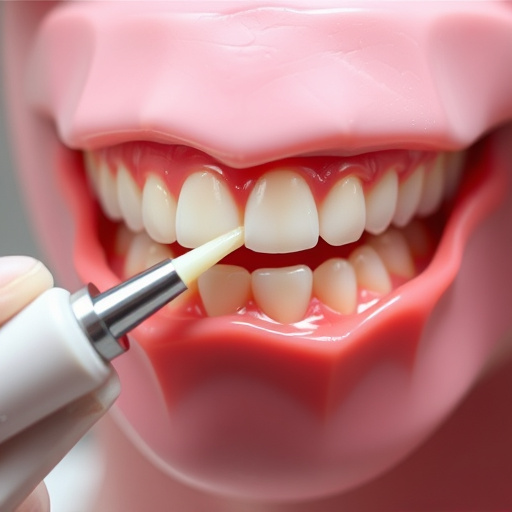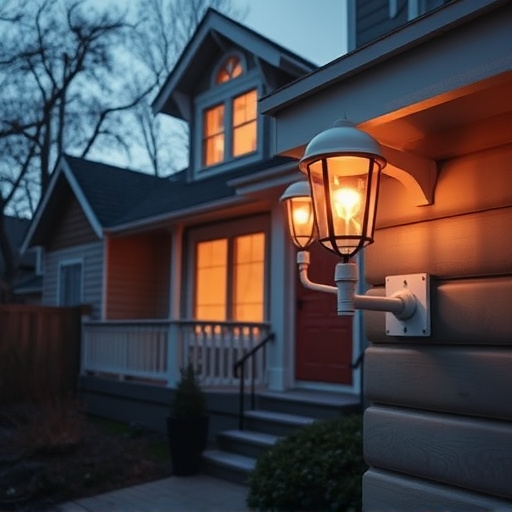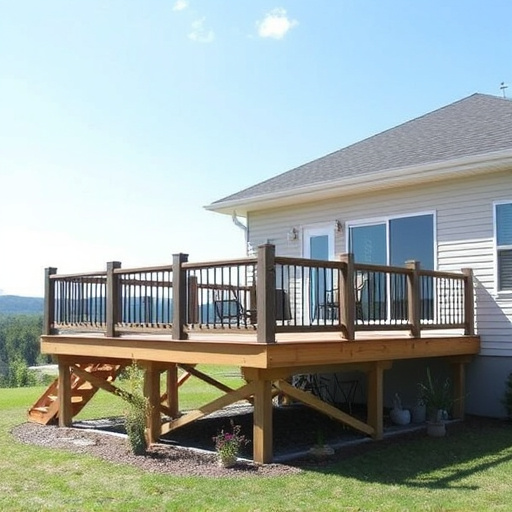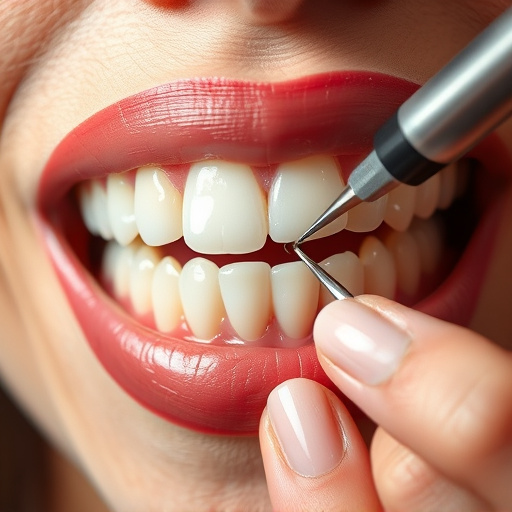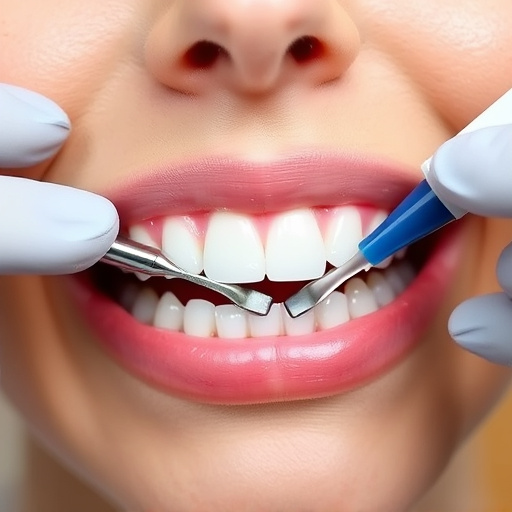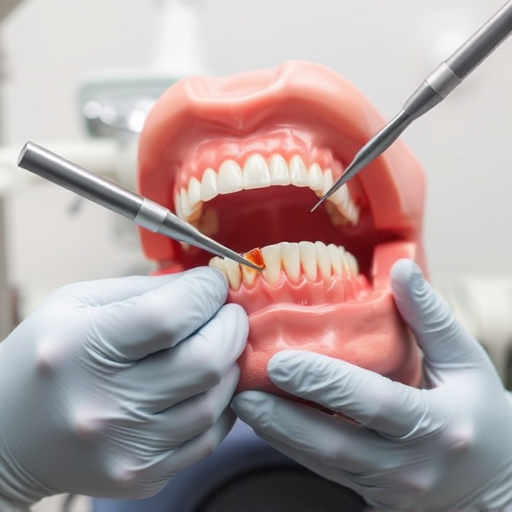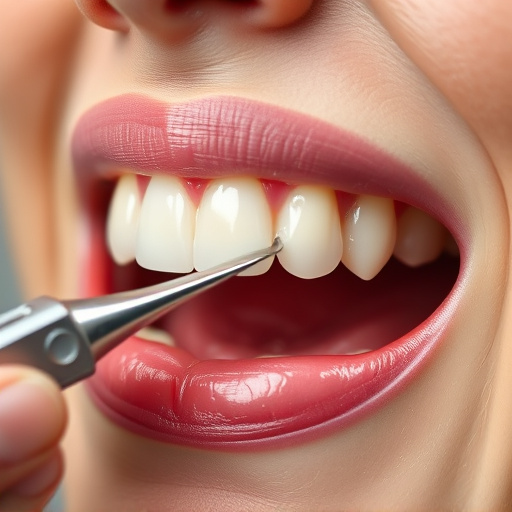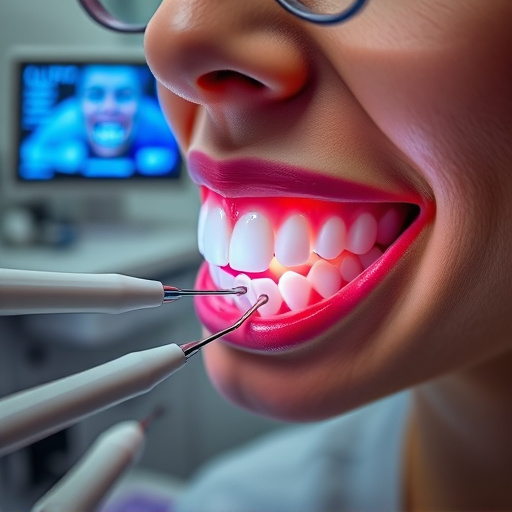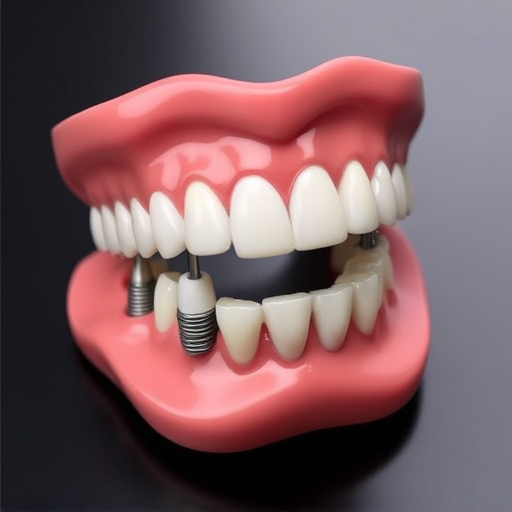Equal access to healthcare, particularly handicap accessible dental services, is both a moral obligation and legal requirement. Inclusive dentistry aims to provide quality oral health care for all, addressing the unique needs of individuals with disabilities through specialized treatments and tailored family dentistry. Creating accessible environments with considerations like wide doorways, lowered countertops, tactile signs, and adjustable equipment, along with technological advancements like communication apps and video conferencing, enhances patient comfort and engagement. This holistic approach leads to improved health outcomes and encourages regular dental check-ups for all patients, fostering a more inclusive society.
In today’s inclusive society, ensuring handicap accessible dental care is no longer an option but a necessity. This article explores the significance of creating environments that cater to patients with diverse needs. We delve into strategies for designing inclusive environments that optimize patient care and enhance comfort. Additionally, we highlight best practices and cutting-edge technologies transforming the landscape of handicap accessible dental offices, ensuring everyone receives quality oral healthcare.
- Understanding the Importance of Handicap Accessible Dental Care
- Designing Inclusive Environments for Optimal Patient Care
- Best Practices and Technologies in Handicap Accessible Dental Offices
Understanding the Importance of Handicap Accessible Dental Care
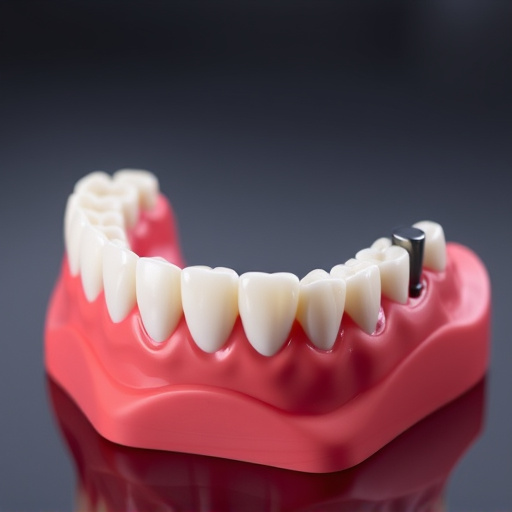
In today’s world, ensuring equal access to healthcare for all is not just a moral imperative but also a legal requirement. Handicap accessible dental care is no exception, as it plays a crucial role in promoting oral health and overall well-being among individuals with disabilities. Understanding the significance of inclusive environments in dentistry is essential to fostering a society where everyone can receive quality dental services without barriers.
By making dental care more accessible, we enable people with physical or cognitive disabilities to maintain their oral hygiene effectively. This includes providing specialized treatments like teeth cleaning and addressing common issues such as dental fillings. A handicap accessible dental clinic ensures that family dentistry services are tailored to meet the unique needs of these patients, contributing to improved health outcomes and increased independence.
Designing Inclusive Environments for Optimal Patient Care
Creating inclusive environments is paramount for providing optimal handicap accessible dental care. This involves thoughtfully designing spaces that cater to patients with diverse needs, ensuring ease of access and comfort throughout their visit. From wide doorways and ample parking spaces to specialized equipment and trained staff, these considerations make a significant difference in patient experience. For instance, installing height-adjustable exam chairs or providing various types of assistance devices can significantly enhance accessibility for individuals with mobility challenges, allowing them to receive the same high-quality care as everyone else.
Moreover, incorporating clear signage, braille, and simple language in communication materials benefits all patients, including those with visual or cognitive impairments. Similarly, offering a range of services tailored to different age groups—from children’s dentistry focusing on playful environments and specialized treatments for young patients to adult practices that cater to specific handicap accessible dental needs—ensures that every individual receives care suited to their unique requirements. This holistic approach not only promotes inclusivity but also fosters trust and encourages regular dental check-ups, leading to better oral health outcomes for all.
Best Practices and Technologies in Handicap Accessible Dental Offices
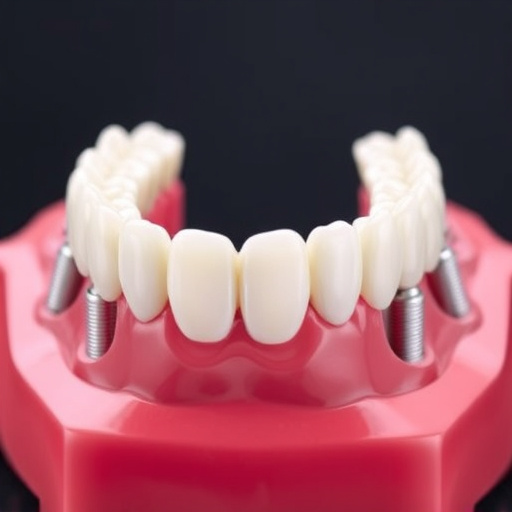
Creating an inclusive environment in dental offices is paramount to providing quality care for all patients, including those with disabilities. Best practices involve ensuring physical accessibility through wide doorways, lowered countertops, and accessible parking spaces. Using universal design principles, such as tactile signs and braille, further aids navigation and independence.
Technological advancements play a pivotal role in enhancing handicap accessible dental care. Digital tools like patient communication apps, voice-activated equipment, and video conferencing enable patients with mobility issues to engage more easily. Additionally, specialized equipment for restorative dentistry, family dentistry, and general dentistry tailored to different needs—from adjustable dental chairs to advanced assistive devices—facilitate comprehensive and comfortable treatment for everyone.
Handicap accessible dental care is not just a moral imperative, but also a key component of inclusive healthcare. By designing environments that cater to diverse patient needs and utilizing innovative technologies, dental practices can ensure optimal care for all. Adopting best practices in this area not only enhances the experience for patients with disabilities but also promotes equity and accessibility in oral health services. This approach is essential to creating a more inclusive society where everyone has the right to access quality dental care.

